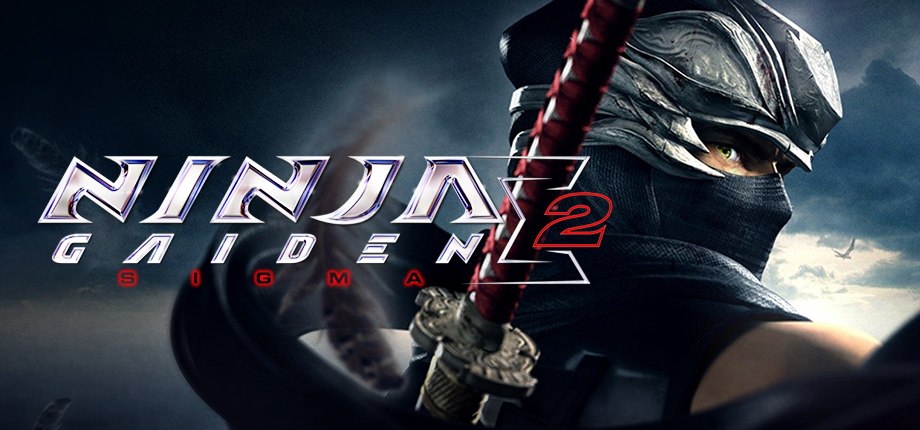
Ninja Gaiden Sigma 2
This might be the first time I’ve ever played a game out of spite. I lost my Xbox 360 copy of Ninja Gaiden II after only playing a couple hours of it, and since I hate having half-filled gaps in my gaming opinions, this game has been a fixture of my to-play list for literally half of my life. Of course, it was put there before I realized how much I can’t stand its developer, so playing it was less like finally achieving a long-term goal and more like gritting my teeth and finally getting it over with. Despite this, I actually ended up liking it more than the first 3D Ninja Gaiden. It’s the kind of sequel that’s mainly about smoothing over the first title’s frustrations, which I usually see as a creative decline, but Ninja Gaiden had a lot of frustrations that needed smoothing over.
For starters, the camera is more manageable now, and that pointless system of automatically targeting the highest perceived threat is gone. Enemies no longer constantly respawn if you walk ten feet away, and the clunky platforming is minimized. The mechanics of combat are extremely similar, with the sequel’s major addition being dismemberment. Enemies with severed limbs necessarily change their attack and movement style, usually in favour of powerful, unblockable kamikaze strikes, but they can also be immediately dispatched with an easily-activated finishing move. This means risk and reward are in constant balance, incoming unblockable attacks have a clear visual signal, and the most spectacular combat moves aren’t gated behind 50 hours of practice. It’s honestly the best piece of game design that Team Ninja has ever come up with.
You might think that my higher opinion of Ninja Gaiden II is because the changes in the Sigma version lower the difficulty substantially, but I actually would have preferred its original form. Unlike the first game’s only mildly relevant relationship with its PS3/Master Collection re-release, Sigma 2 feels noticeably different. It removes weapons, adds irrelevant side missions, and most importantly, cuts down on enemy numbers while increasing their health to compensate. These two factors are not equivalent, however. A small number of resilient enemies is a very different fight than a crowd of fragile ones, and it makes Sigma 2 feel more like a mindless beat-‘em-up than the hyperactive skill test it’s intended as. The re-release also removed most of the over-the-top gore effects, which I didn’t expect to care about, but it undeniably diminishes the combat catharsis. It’s also just bizarre when juxtaposed with the still-very-present brutal animation.
Sigma or otherwise, the technical side of Ninja Gaiden II can be quite spotty. The level design is choked with unnecessary invisible walls, and while the camera control is an improvement, it’s still fairly uncooperative. This is especially true in boss fights, which, in addition to being plagued by inscrutable hitboxes, have been rebalanced in an attempt at consistent difficulty that’s only about 50% successful. The visuals, on the other hand, are very impressive, and the audio is more competent than expected. Though neither can save the cutscenes, which tell an aimless, uninspired, and illogical tale where most major events take place off-screen. And of course, it wouldn’t be a Team Ninja product without some laughable misogyny; this time, the absurdly-proportioned female deuteragonist is very competent until the final chapters, where she gets captured for no reason and essentially receives a “stay in the kitchen” command from the main character.